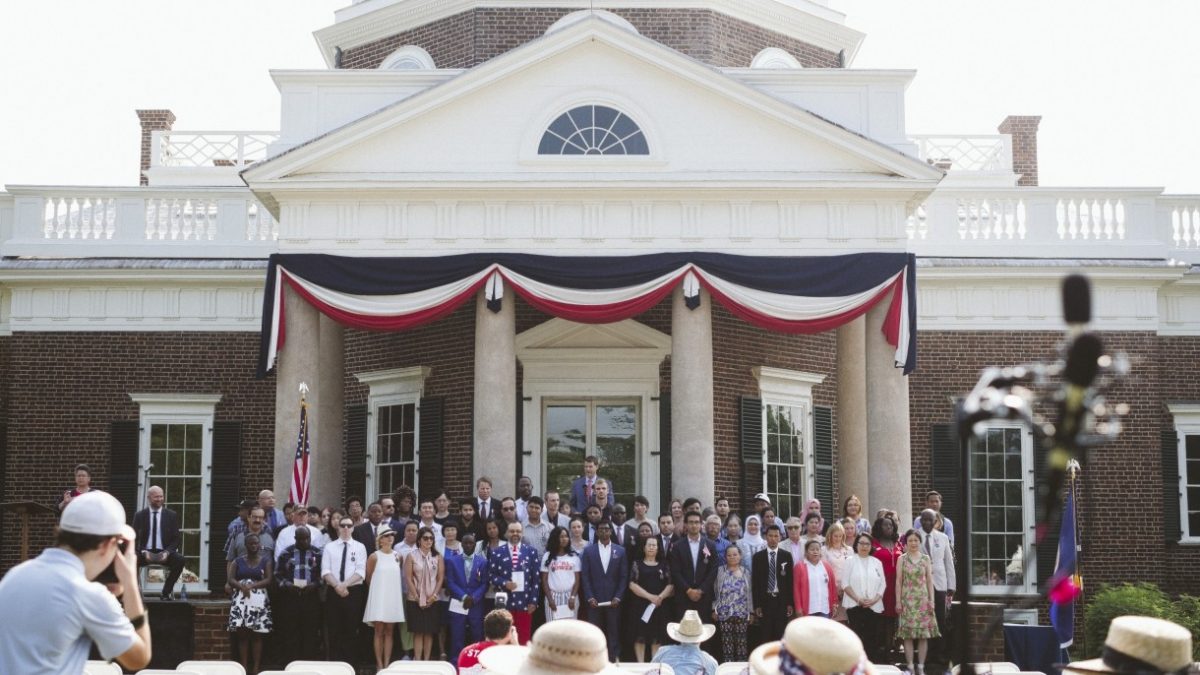For 24 years, Monticello’s Digital Archaeological Archive of Comparative Slavery has been studying and cataloging artifacts left behind by early and enslaved Americans, creating an online archive that enables intersite, comparative archaeological research on slavery. Now, thanks to $354,000 in funding from the National Science Foundation and The Conservation Fund, the DAACS and its collaborative researchers will launch the largest study ever conducted on a particular kind of artifact known as “colonoware,” a type of handmade, low-fired pottery crafted by mostly Indigenous and enslaved Americans.
Through studying colonoware, co-principal investigators Beth Bollwerk and Lindsay Bloch are attempting to paint a more complete picture of how early, Indigenous, and enslaved Americans lived their lives.
“One of the main questions we hope to answer with this project is, ‘Why were people making and using colonoware?’” Bloch says. “We know that it isn’t as simple as them not being able to afford other pottery. There are likely cultural reasons why people may have wanted to cook in these rather than iron pots.”
Seventeenth- and 18th-century Americans had access to imported and commercially made pottery and cookware. Thus, when archaeologists discover colonoware, they are able to glean certain facts from both its existence and the context in which it is discovered. Where was it found? What is it made of? How was it made? The answers to these questions are how researchers are able to learn more comprehensively how the first Americans—people who did not make it into the history books—lived their lives.
The first study examining the phenomenon of colonoware was conducted in 1962 by British archaeologist Ivor Noël Hume in Colonial Williamsburg. Initially thought unique to Virginia, further study revealed similar examples of colonoware in other parts of the Mid-Atlantic.
The DAACS colonoware study has brought in a “rock star team” of archaeologists and historians that includes Mary Beth Fitts from UNC-Chapel Hill, Karen Y. Smith from the South Carolina Department of Natural Resources, and Brandi MacDonald from the University of Missouri’s Archaeometry Laboratory. The study will include approximately 180,000 artifacts and fragments, and more than 600 samples from 40 sites in Virginia, North Carolina, and South Carolina.
“One of the key techniques we’ll be using is laser ablation inductively coupled plasma mass spectrometry,” Bloch says. “You can think about it sort of like an equivalent DNA analysis for pottery, because it’s based on the unique makeup of the sample. But instead of DNA, this technique tells us the different proportion of elements that make up the pottery. By testing the pottery in this way, we will be able to compare samples and identify which pots were made with the same clay sources, because they have the same fingerprint, and we can tie that to where that clay came from.”
Researchers will also seek the input of Indigenous tribes and descendants of enslaved people in the region for their insight on how these artifacts were created and used. The Catawba Nation of South Carolina, as well as descendant communities from Monticello and Mount Vernon, are being consulted to help inform the study’s research and analysis.
“We are forging new relationships with descendant communities who are known through ethnohistory and oral tradition to have been involved in colonoware production,” Bollwerk says. “In particular, the Rappahannock Indian tribe and Pamunkey Indian tribe … have a well-documented tradition of pottery production. The Nottoway Indian Tribe of Virginia and the Cheroenhaka [Nottoway] tribe do, as well. We have reached out and consulted with these tribal communities as the project moves forward.”









